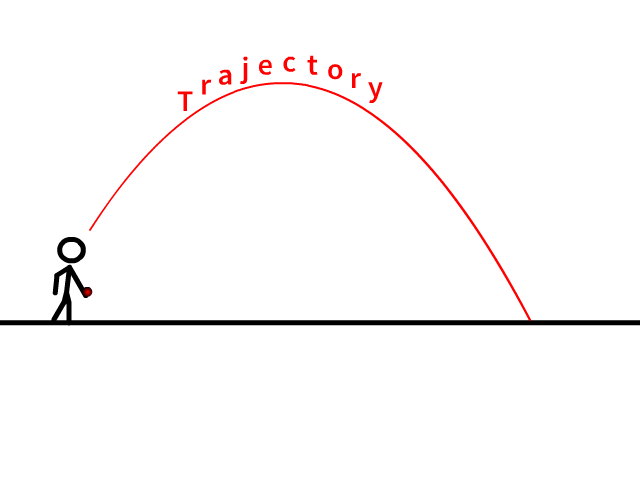

#PROJECTILE MOTION GRAPH SOFTWARE#
The format is quite similiar to that used in the propriety software Mathematica. This format can support either Julia, Python, or R. Intro to Jupyter NotebooksĬurrently we are using a jupyter notebook. I loved getting to see their robots and hear about the competitions. My thanks to my mentor John Delacy for working with me in high school and fostering my love for science and astronomy, and for inviting me to help work with the next generation of scientists and engineers. The following graph is drawn.I wrote this piece as part of a presentation I gave to the robotics team at Benson High School in Portland, OR.

Graphs for an object thrown upwards with an initial velocity If we take the upwards direction as positive then for an object moving upwards we get the graphs shown in When we draw the graphs for vertical projectile motion, we consider two main situations: an object moving upwards and an object moving downwards. The graphs for vertical projectile motion are therefore identical to the graphs for motion under constant acceleration. In Grade 10 you learned about the graphs for motion at constant acceleration. Vertical projectile motion is the same as motion at constant acceleration. Calculate the velocity with which the camera hits the ground. He accidentally drops his camera over the side of the balloon's basket, at a height of 20 m. The hot air balloon is ascending (moving up) at a velocity of 4 m

A tourist takes a trip in a hot air balloon.How long does the ball take to reach its maximum height?.Determine the initial velocity of the tennis ball.Zingi throws a tennis ball straight up into the air.

How long has the ball been in the air for?.What height does the ball reach before it stops to fall back to the ground.The cricket ball has an initial velocity of 20 m A cricketer hits a cricket ball straight up into the air.


 0 kommentar(er)
0 kommentar(er)
